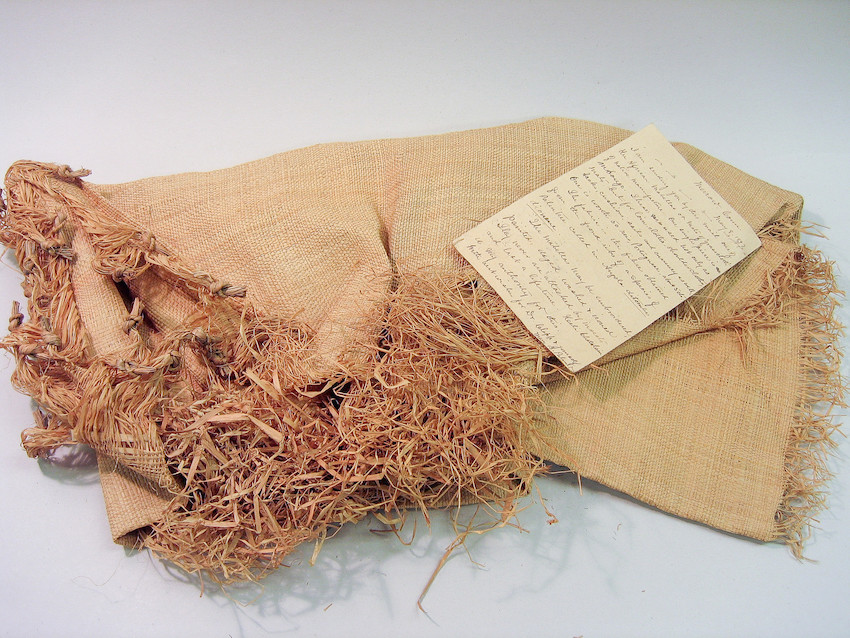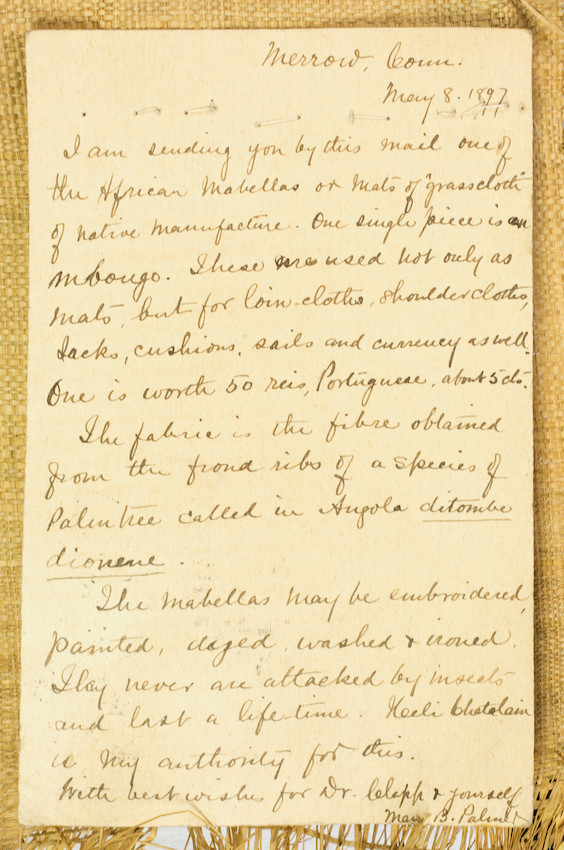

Money is often thought of as coins, paper bills, or credit, but throughout history, many unexpected items qualified as currency. One such unexpected item includes the raffia cloth from Africa. Used in the Democratic Republic of Congo and other African countries, raffia cloth was an essential aspect of African currency, used both for its importance in ceremonial purposes and for its durability and practicality. The cloth was essential to a variety of societal ceremonies including the birth of children, funeral procedures, and marriages. Many family structures depended on this cloth, and it was even used to accumulate women as wives and other people as slaves. It could also be used as a medium of exchange for household goods and supplies. In order to make this cloth, the fibers of palm trees were woven carefully together. Often, the men who made the cloth would use the sun or cloth dyes to add colorful details to the material.
Nearing the late 1800s through the 1900s, European colonialism in Africa erupted. Despite the cloth’s importance and sophisticated origins for hundreds of years prior, European influence eventually took over, and textiles and other cloth materials became a primary commodity for European colonizers living in Africa. As time progressed, the cloth shifted from everyday currency to a more symbolic representation of rich African history, colonialism, and culture.
More information can be found here!
Comments are closed, but trackbacks and pingbacks are open.